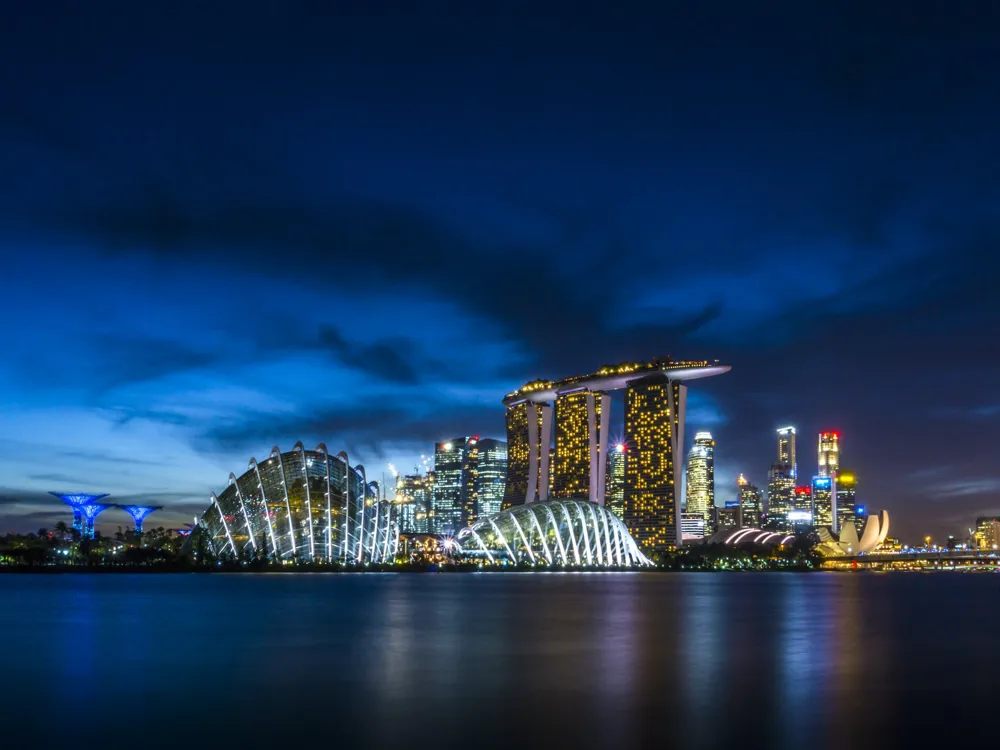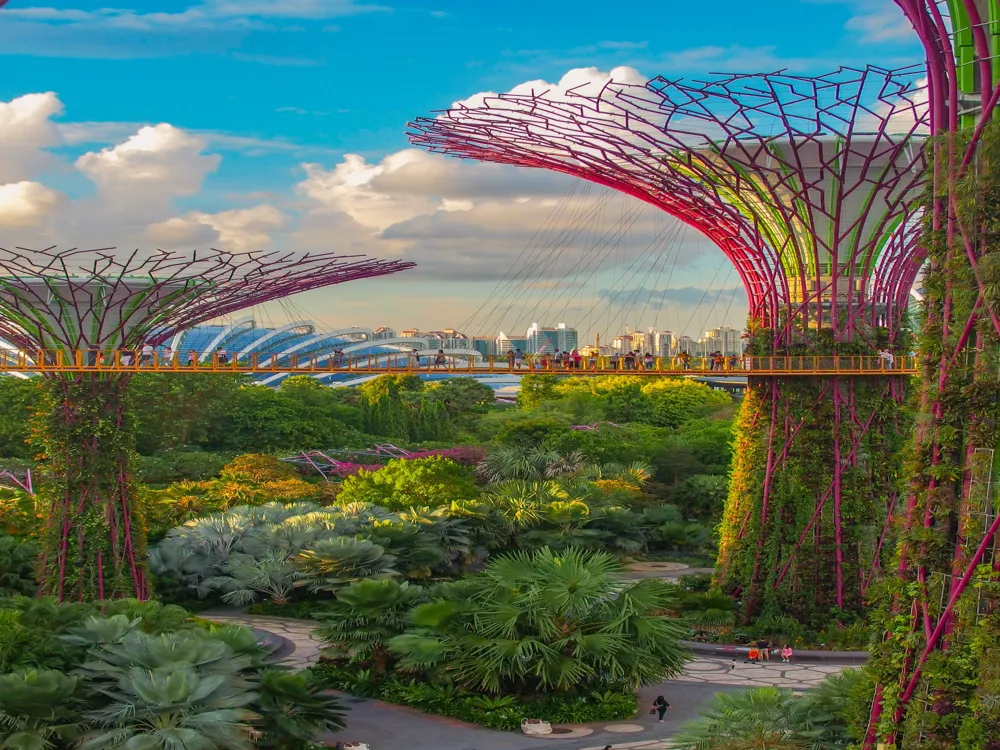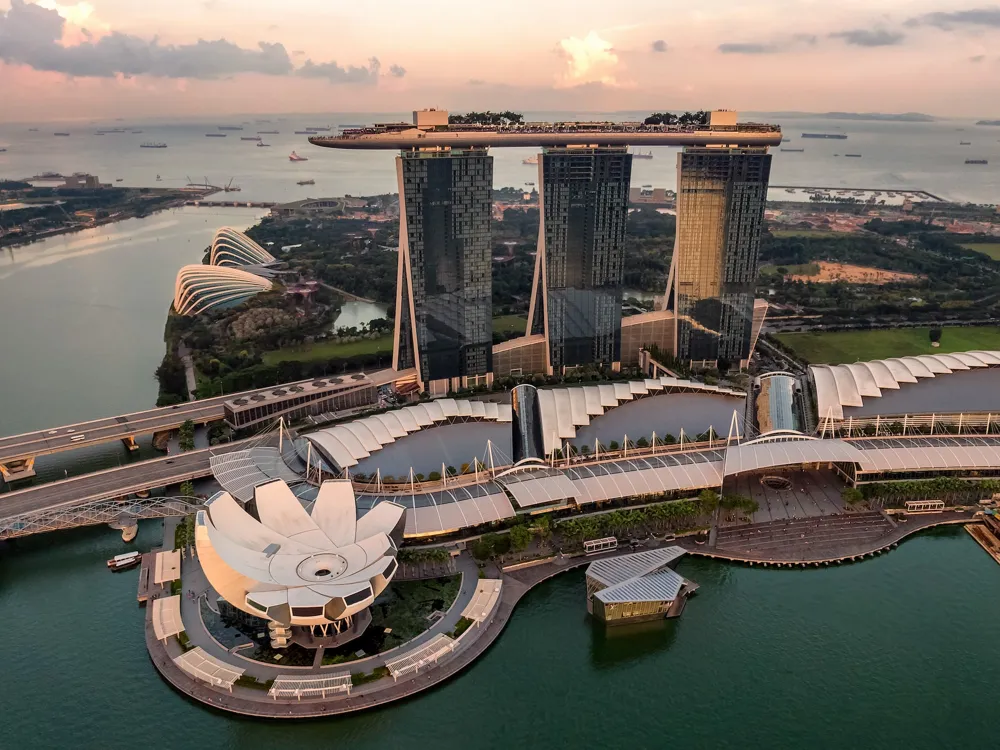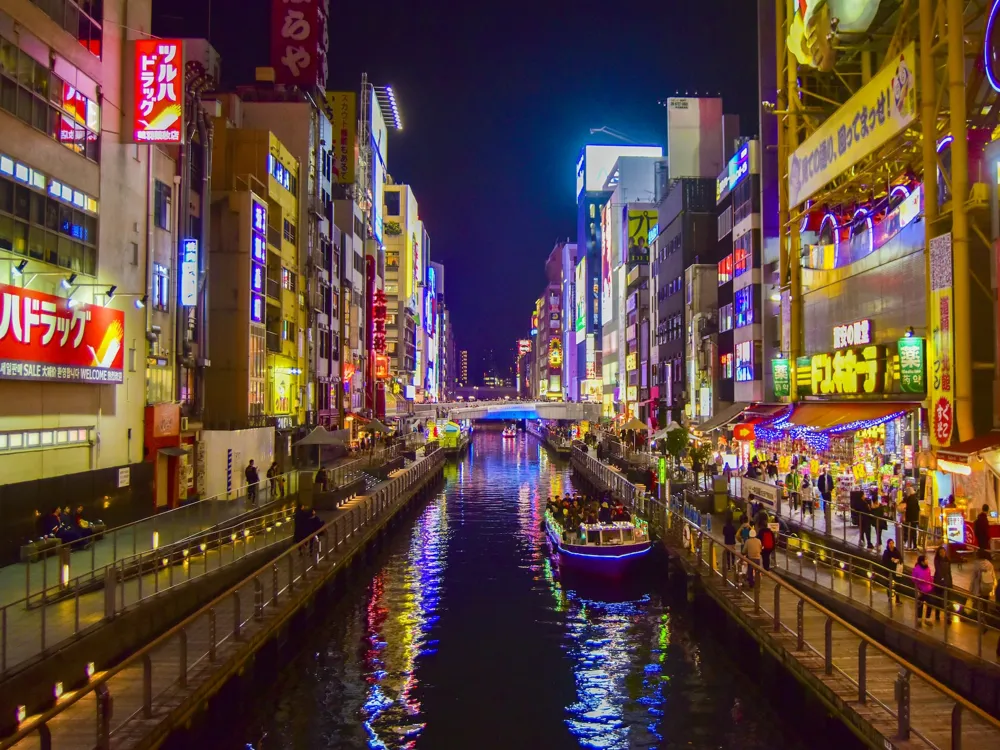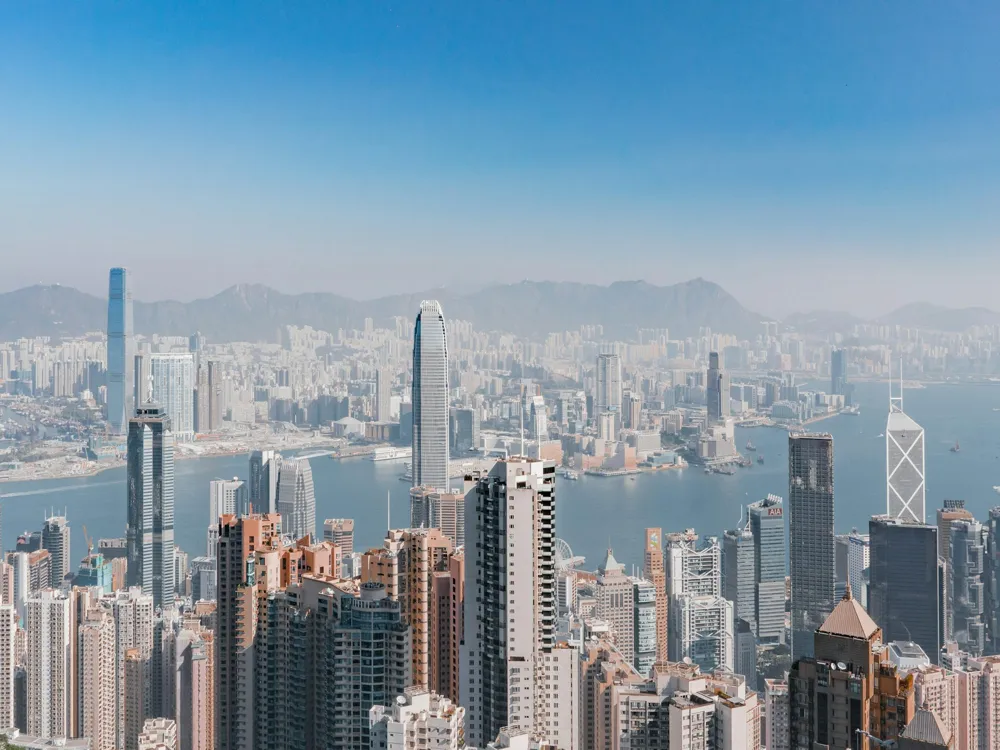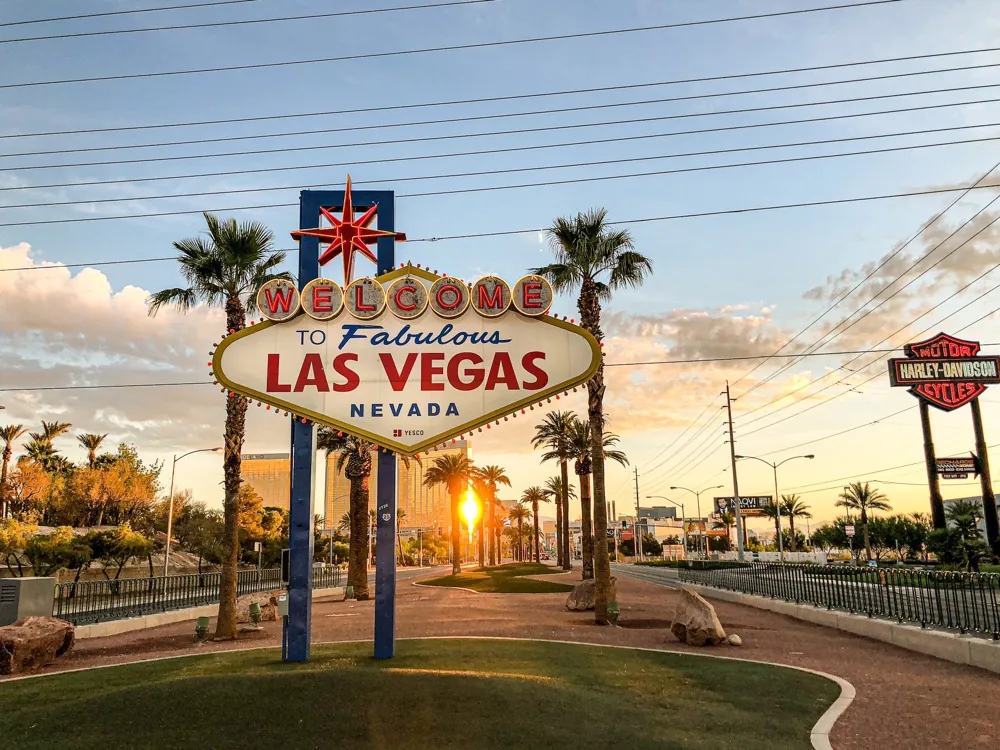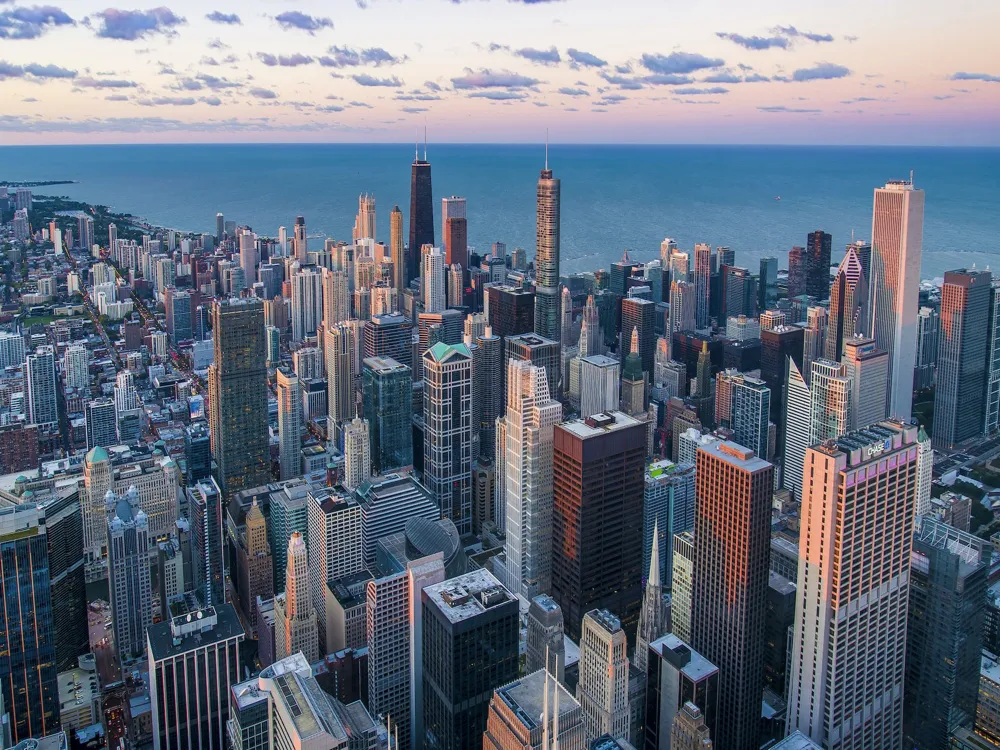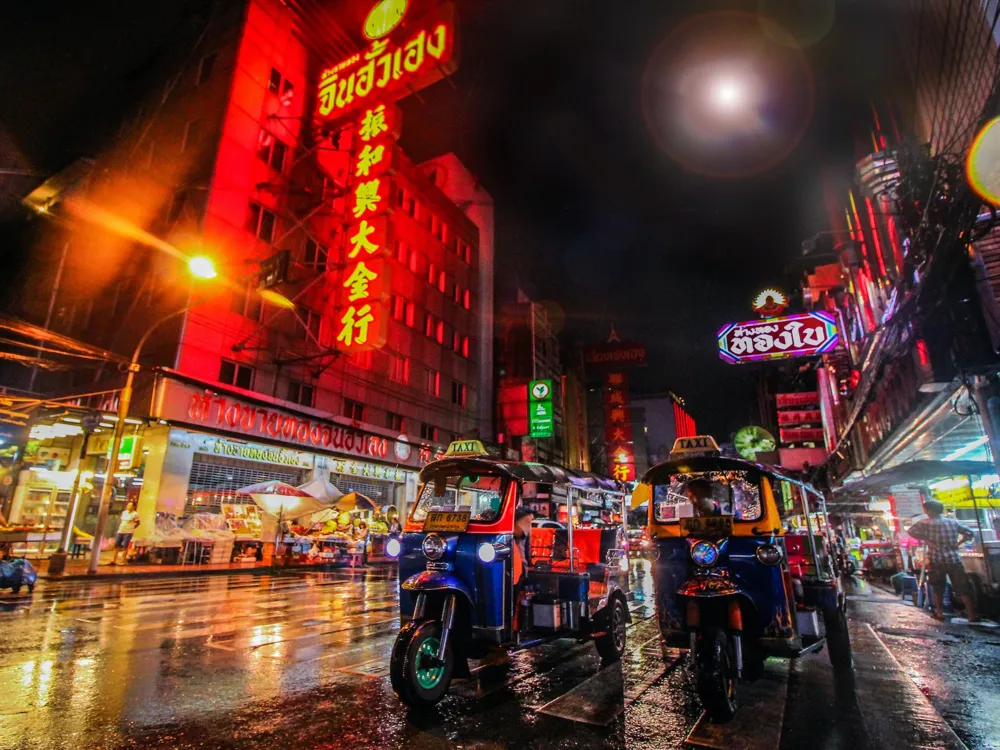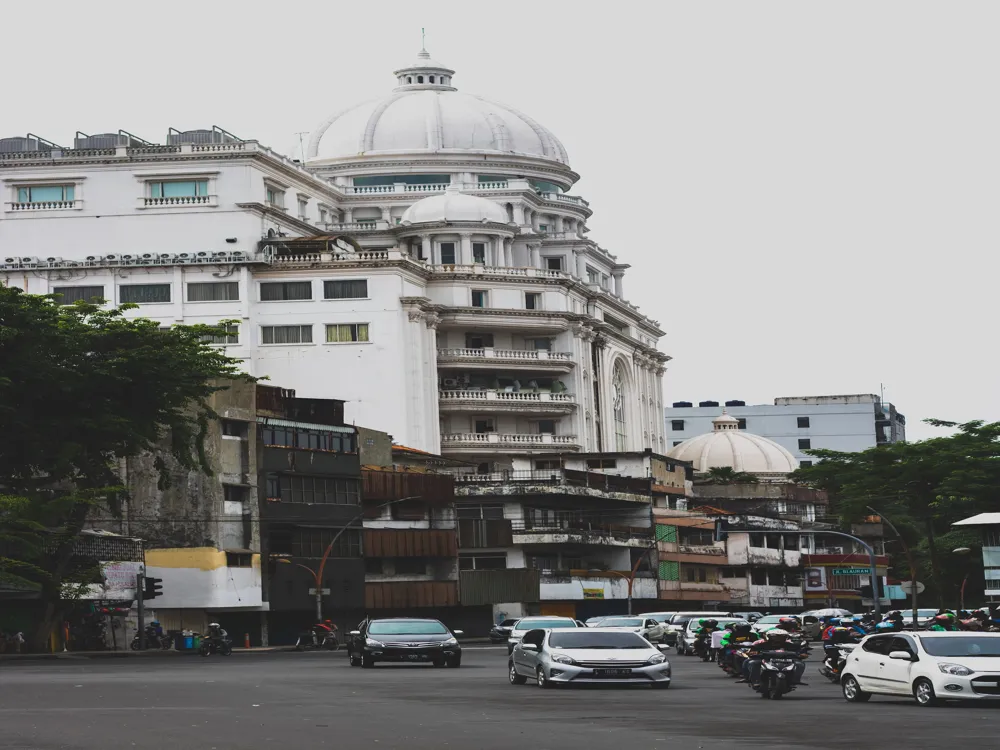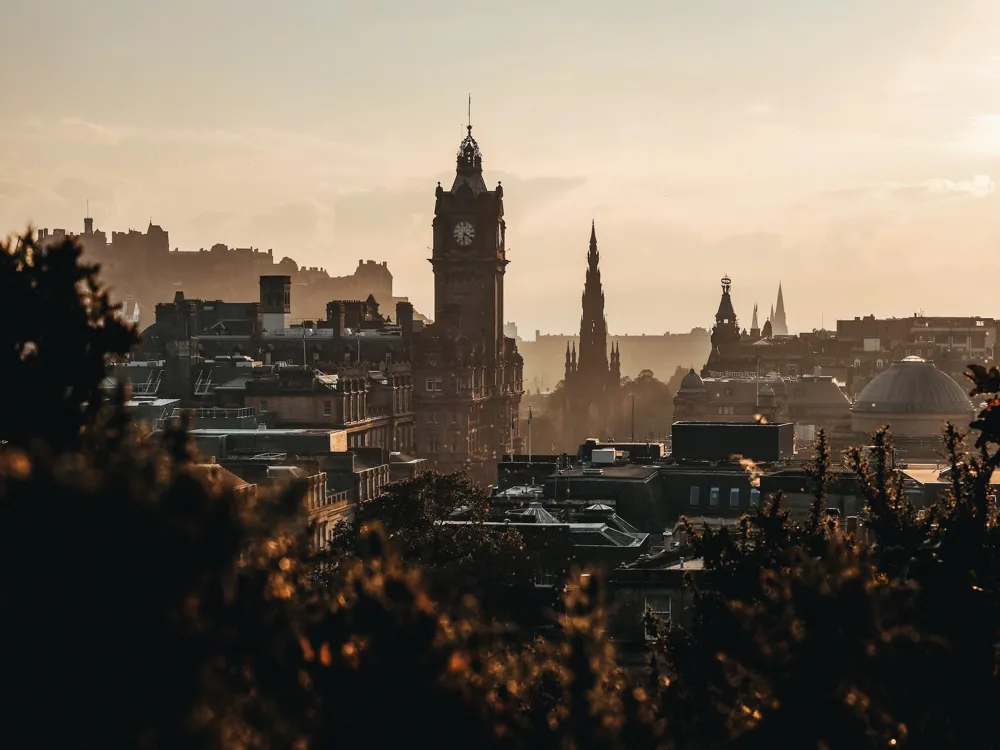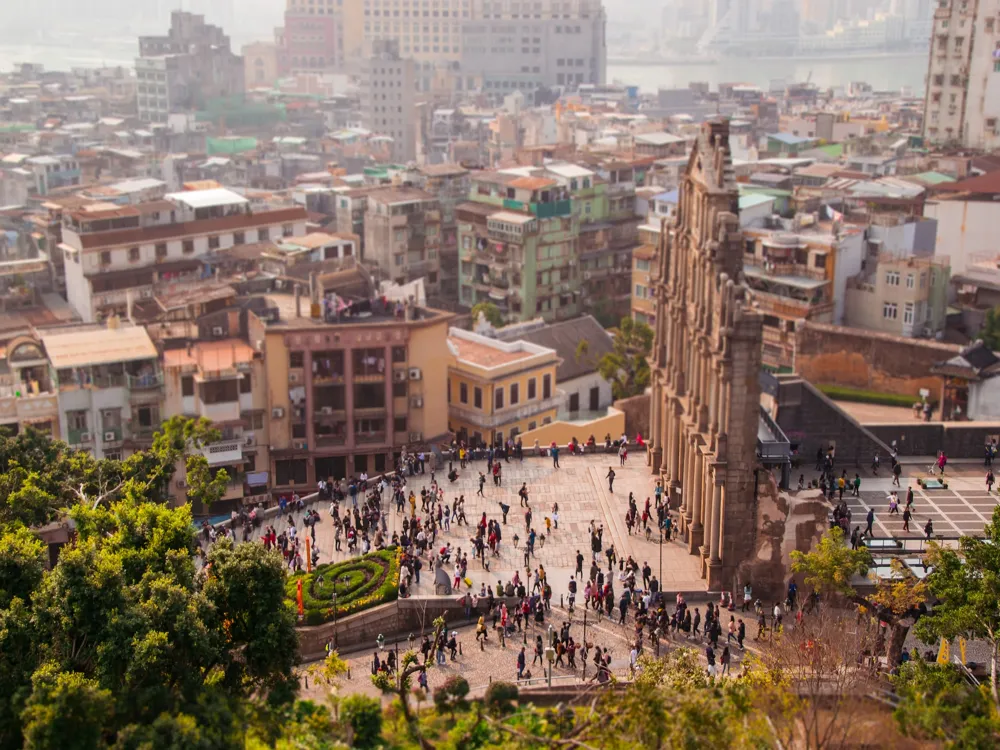Plan Your Travel To Singapore
Places To Visit In Singapore
Jurong Hill Lookout Tower
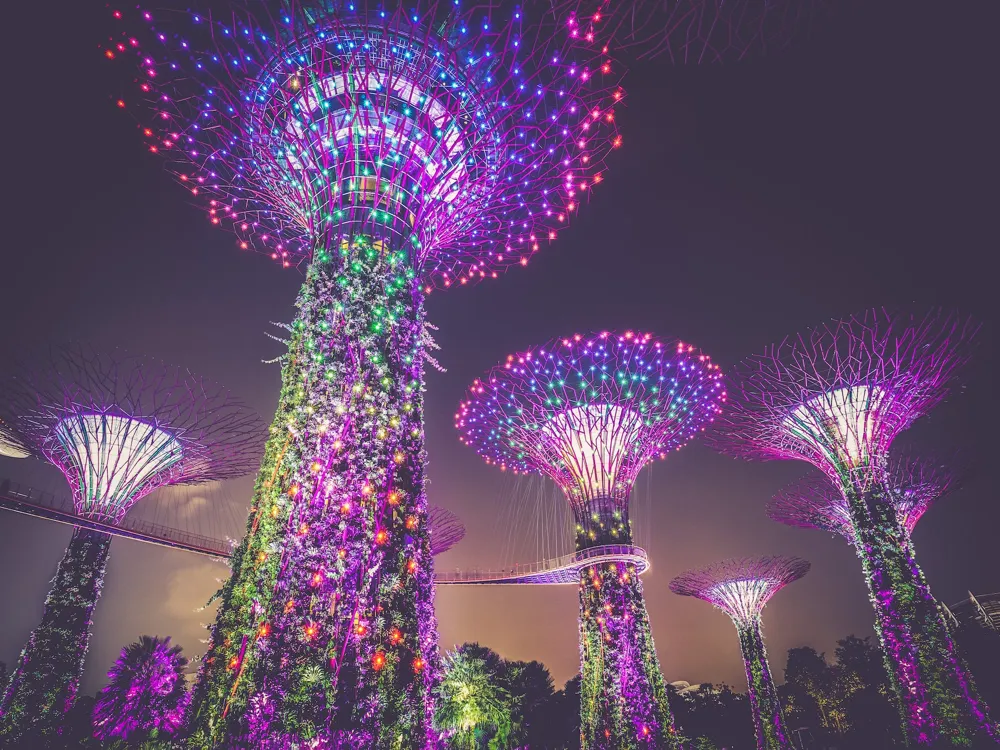
The places that are offbeat are usually the places to be, and the colossal Jurong Lookout Tower is an ideal example of this. Providing a panoramic view of the vibrant district of Jurong, this viewing tower stands at a towering height of eighteen metres.
The enthralling seven-storeyed Jurong Tower has a vivid history. Built in the early 1970s, the expenditure to reach completion of the magnificent structure exceeded 133,200 SGD. This magnificent structure is found on the former site of the reputed Hill Top Japanese Restaurant, which was set up in such a way that the diners could enjoy the exquisite view of the sea. In the early years after its establishment, this dignified tower took pride in its reception hall which was fully air-conditioned and used to entertain important guests. Its gorgeous stained-glass ceiling remains intact and adds to the beauty of this curious relic.Queen Elizabeth II of Britain, former Chinese Vice Premier Deng Xiaoping, and Spiro Agnew, the former Vice President of the United States are among the many dignitaries for whom this tower acted as host. To this day, the cherished relic boasts of a breathtaking view of the well-lit, bustling Jurong area at night.
Read More
Jurong West Swimming Complex
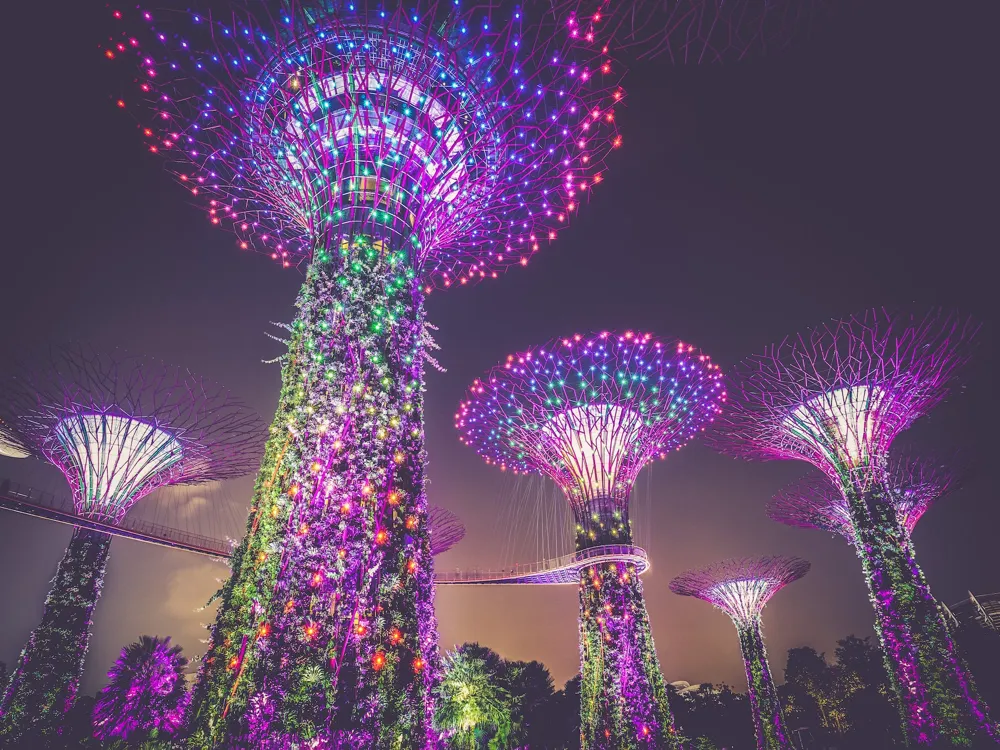
Jurong West Swimming Complex is part of the larger Jurong West Sports Centre in Singapore. Managed by Sport Singapore, this sports centre is the largest integrated sports centre in the country. Jurong West Swimming Complex was the first to feature a sheltered, Olympic-size pool along with other amenities like a Jacuzzi, a lazy river, a teaching pool, and a children’s pool.
The swimming complex was inaugurated in 2006. It has a seating capacity of almost 500 people. Aside from the pool and other amenities, Jurong West Swimming Complex includes food and beverage outlets and a water playground, making it the one-stop destination for all things swimming related in Singapore.
Read More
Katong Antique House
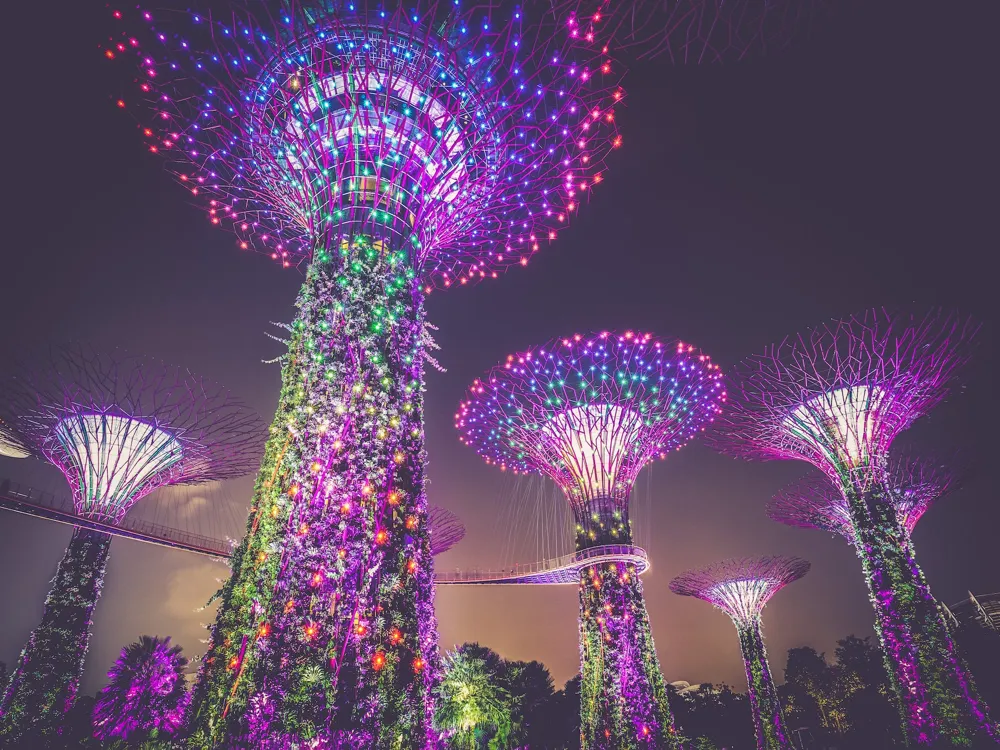
The Katong Antique House is a two-storied antique shop located in the Katong area of East Singapore. Part shop and part museum, it is owned by Peter Wee, a fourth-gen Baba Peranakan. The museum houses Nyonya artefacts and sells Peranakan goods. It is a representation of the Peranakan presence in Singapore. Peter gladly takes the visitors through a remarkable collection of Peranakan antiques, artefacts and other objects while sharing his tales of history and culture of the Peranakan family.
The old shophouse's walls are decorated with Peranakan prints and portraits. The two storey house is full of Peranakan crockery, costumes and furniture. All of these antiques reflect Peranakan's culture. The home-cum-museum shows traditional Peranakan longs dresses called Baju Panjangs and Batik Sarongs, the native Malay dresses. Handmade shoes called Kasot Manek are also here for display. These shoes have beaded designs and elegant motifs of fish, flowers, phoenixes and dragons. These patterns are adorned all over the furniture of the store. Each motif is believed to bring specific values like prosperity, fertility, wealth and longevity.All of these antiques are arranged all over the house in no specific order, and this creates a colourful effect bouncing off the walls. Some of the special things not to miss are the wedding pictures and portraits all over the walls of the Katong House. Peter Wee has spent decades collecting this wide range of items that reflect the unique facets of Peranakan daily life. The pictures, artefacts and belongings that date back to Peter's older generation and shows the affection he has for his ancestors.
Read More
Kent Ridge Park
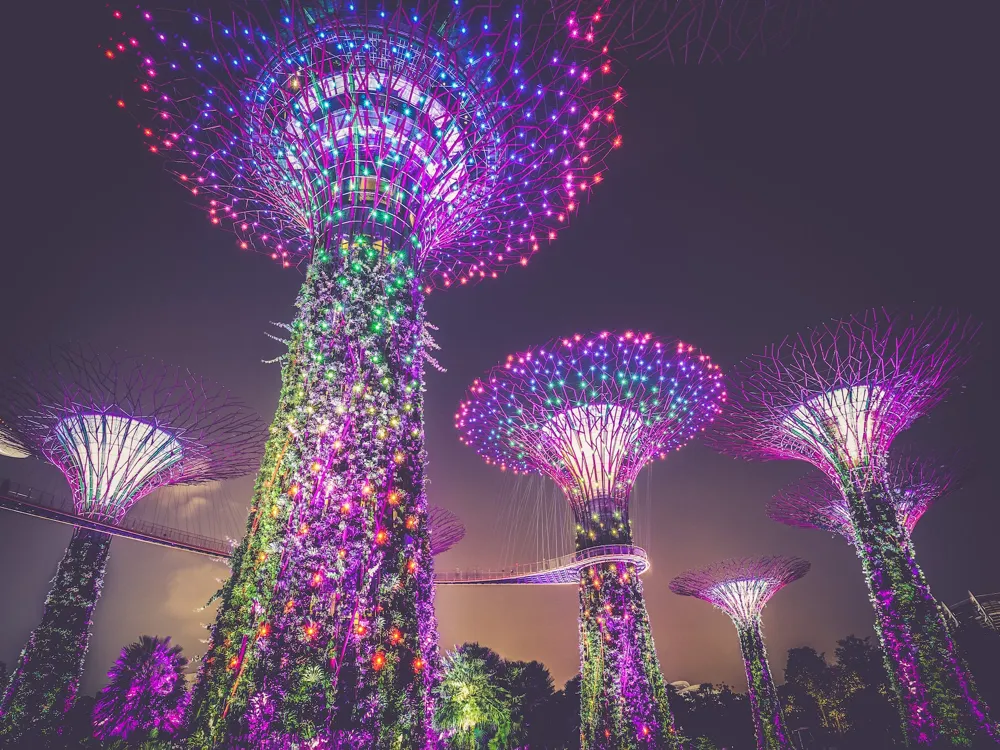
The Kent Ridge Park is a sprawling 47-hectare park situated at Kent Ridge, between the Singapore Science Park and the National University of Singapore. It is one of the declared eleven sites of the Second World War in Singapore along with being one of the four primary bird-watching sites in the Lion City. Kent Ridge is popular among nature lovers, bird watchers and fitness enthusiasts owing to its well-paved landscape teeming lush vegetation and diverse wildlife.
The eastern side of Kent Ridge Park leads to a valley, the path to which is flanked by a natural pond brimming with fish as well as turtles. Towards this valley is the 280 meters long, elevated boardwalk popularly referred to as the Canopy Walk. It is one of the prime attractions at Kent Ridge Park famous for spotting beautiful doves, sunbirds, mischievous squirrels, and white-crested thrush. The Canopy Walk connects the Kent Ridge Park to the HortPark, a 9-hectare park which also doubles as a gardening hub. At the end of the Canopy Walk lies "Reflections at Bukit Chandu", the museum recounting fierce battle against the Japanese in World War II. Do follow the nature trail along Carpark A and take in the mesmerising view of the natural secondary forest with an abundance of Tembusu, Tiup-tiup, Rubber Trees, Simpoh Air, and Wild Cinnamons. There is a series of exercise stations near Carpark B.
Read More
Keppel Hill Reservoir
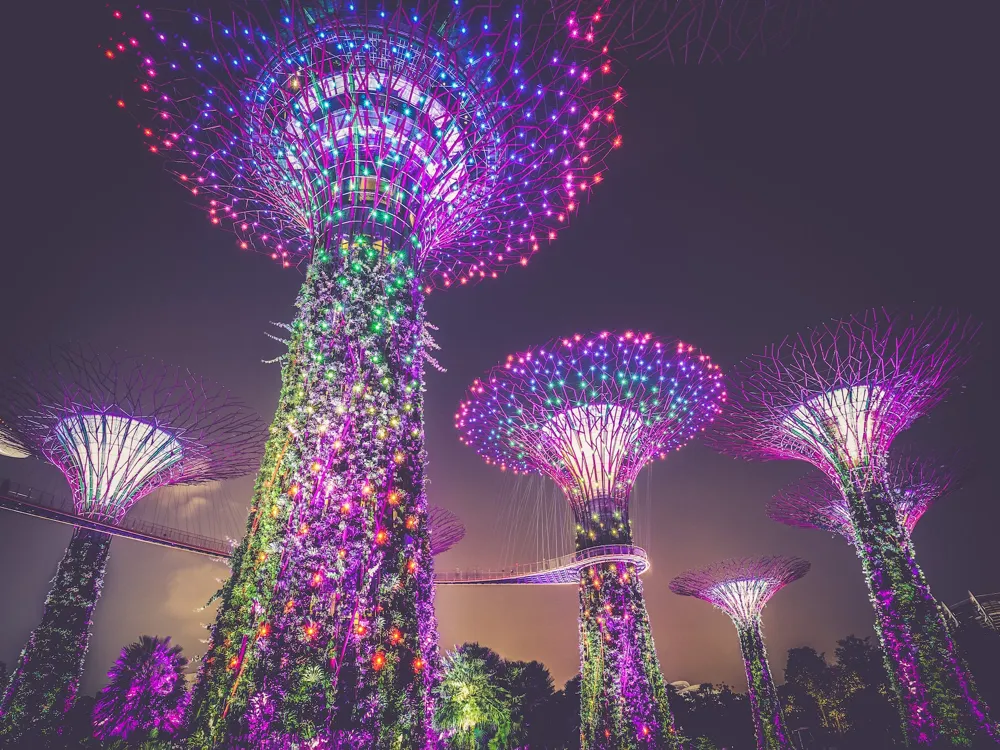
The Keppel Hill Reservoir is an abandoned reservoir located at Joaquim Garden and Landscape of Keppel Hill in Singapore. It is not a very popular trek amongst hikers even though it is not a very tough feat to perform. This is so because of the rumours of people being drowned in the reservoir and the place being haunted. For this reason, Keppel Hill Reservoir Trek is also known as the “abandoned trail.” This trek is meant for adventurous people and not for the faint-hearted as Keppel Hill Reservoir Trek is a journey to find a reservoir that seems to be lost in the wilderness. This trek is a good option for those who love exploring lonely pockets that are less frequented.
The tank is 2 metres deep and was supposedly used to provide water to the city of Singapore back in 1905. The remnants of the area include old water pipes, a diving board, a mysteriously stranded tombstone at the top of the hill and broken concrete steps. The trek trail goes through a dense, forested jungle and leads to another abandoned path leading to Mount Faber. The route to the reservoir starts at Keppel Hill and goes downhill through the woods. The forested path leads up to the reservoir. The trek is not very difficult in itself but is exciting and adventurous owing to the rich history. The National Heritage Board discovered the abandoned sight in 2014, and since then it has gained popularity for its history and is now a trekking route. The surroundings and rustic remains around all around the trek make for an exciting experience.
Read More
Kong Meng San Phor Kark See Monastery
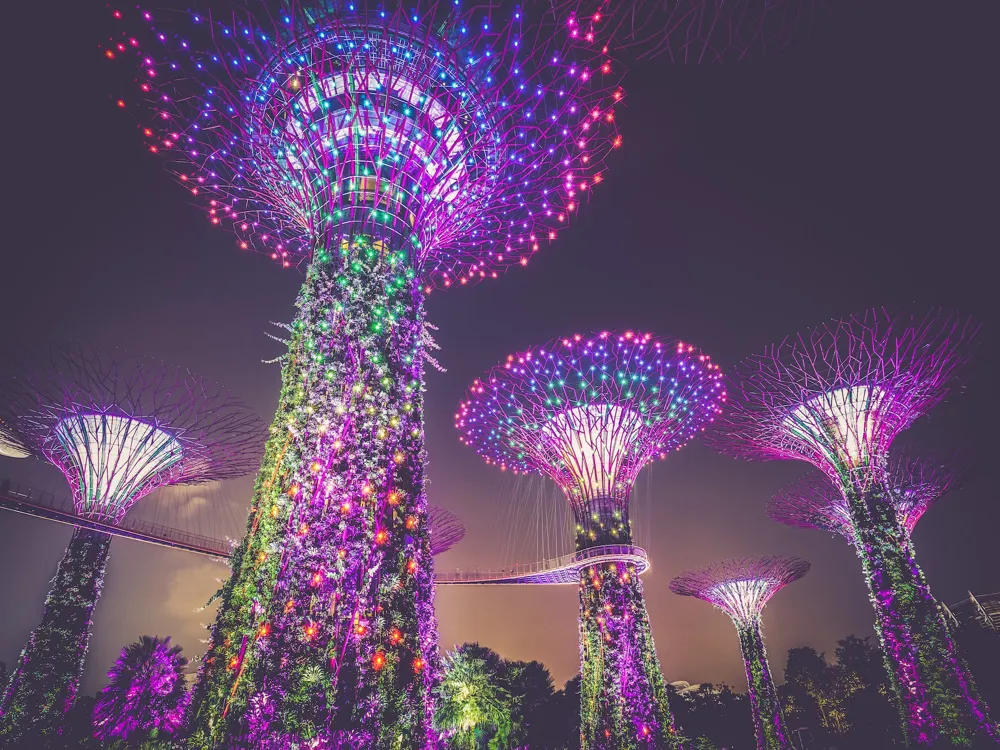
The Kong Meng San Phor Kark See Monastery is Singapore's largest Buddhist temple, sitting on 75,470 square meters of land. Built by Zhuan Dao in the early 20th century, this temple is located in Bishan and is considered to be a very sacred place by the Buddhists. The monastery is famed for housing one of Asia's largest Buddhist statues, located in the Hall of No Form. Made of bronze, this marvel is 13.8 meters tall and weighs 55 tonnes. Kong Meng San Phor Kark See is a must-visit for people interested in Buddhism and those wanting to learn more about the teachings of Buddha.
While at the quaint temple, see the sacred Bodhi Tree, the sapling of which was brought from the sacred Bodhi tree at Anuradhapura in Sri Lanka, which in turn had been retrieved from the Bodhi Tree of Bodh Gaya in India. The outdoor statue of Avalokitesvara situated between the Pagoda of 10,000 Buddhas and Dharma Hall are other noteworthy features of Kong Meng San Phor Kark See Monastery. The shrine was originally built to provide lodging for Buddhist monks and to propagate Buddhism throughout Singapore. Today, it serves as a sanctuary for those who seek spirituality in urban Singapore.
Read More
Kranji Farms
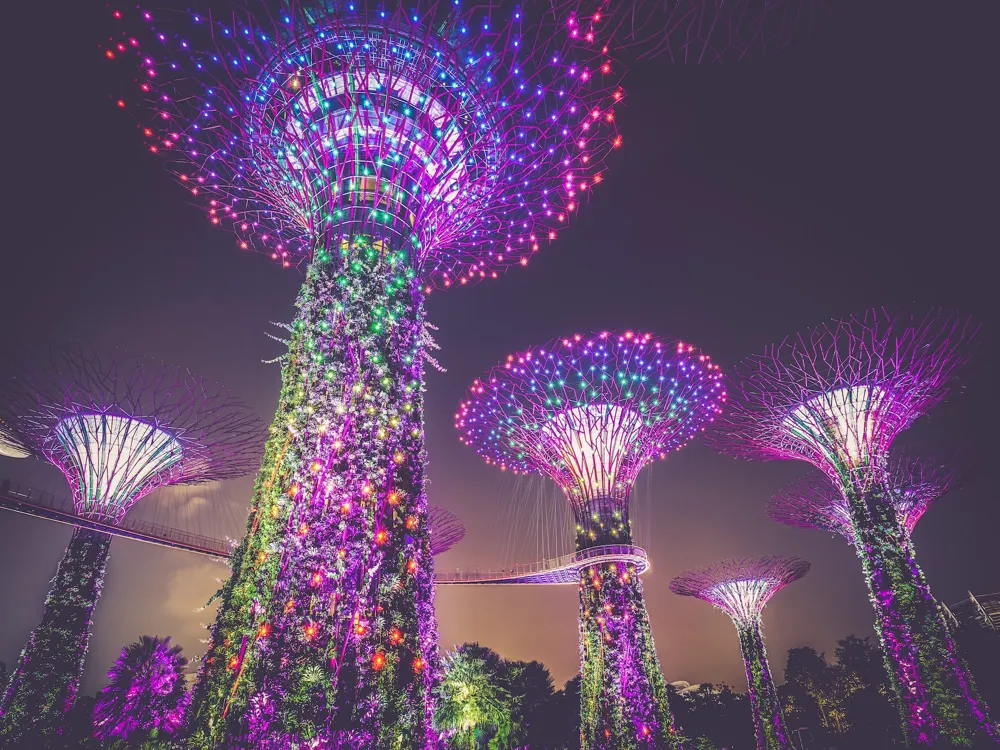
Kranji is Singapore's most famous farmland spanning an area of over 600 hectares. The Kranji farms, earlier known as Kranji Countryside, houses over 200 farms, out of which only 18 are open to the public. The Farmer’s Market at Kranji Farms is quite interesting where visitors can learn about fresh farming and interact with local farmers. Surrounded by jungle and wetlands, Kranji is the perfect getaway for those looking forward to spending some time in the countryside.
Touring the Kranji Heritage Trail is an interesting activity. It was started in 2011 and encloses 14 trail markers all of which are historically and agriculturally important. The Jurong Frog Farm Tour offers an enjoyable experience where kids can feed frogs as well as enjoy the lip-smacking Hashima, a dish made out of a frog’s fatty tissue. There is a goat farm known as Hay Dairies, which offers visitors a chance to see how goats are milked. It is best to pre-book the took before arriving. However, if visiting without much planning, there is still the option to try out local produce and gorge on fresh farm produced food. The Kranji Countryside also boasts of two resorts, namely- Gardenasia and D’Kranji FARM Resort.
Read More
Kranji War Memorial
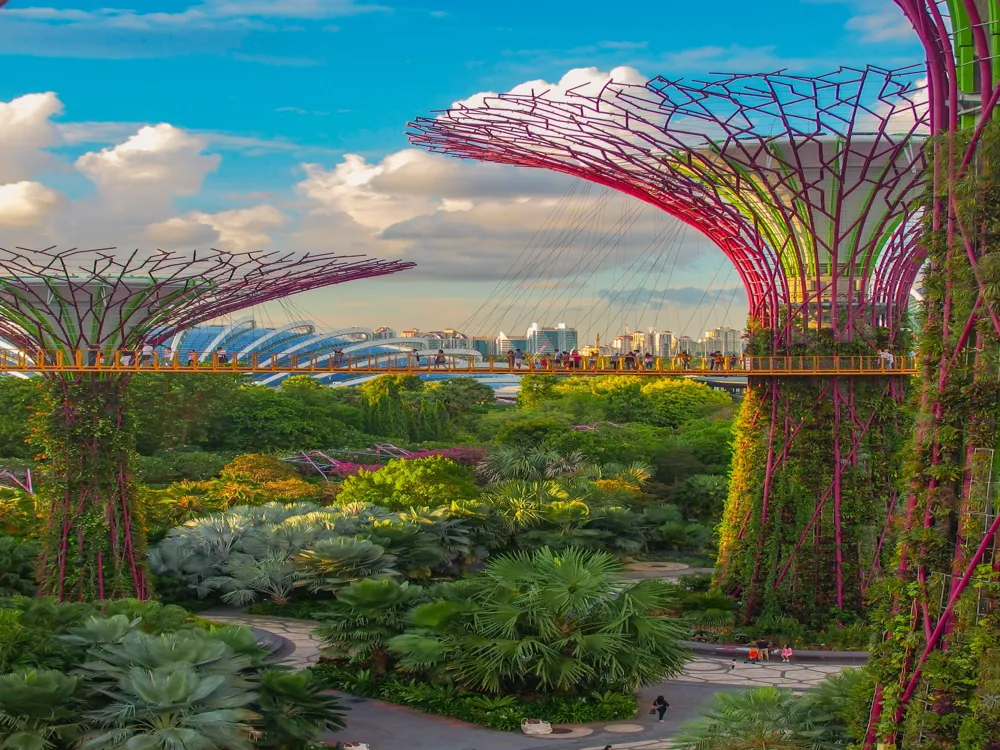
The Kranji War Memorial, located at Kranji suburb of Singapore, commemorates the men and women from the Commonwealth who had lost lives during their service in the Second World War. The calm and beautiful cemetery has more than 4,400 white gravestones lined up in rows on the cemetery's slope, honouring men and women from Australia, Britain, Canada, India, Malaya, Netherlands, New Zealand and Sri Lanka.
At the entrance, the register containing the names of the fallen soldiers is kept by the Commonwealth War Graves Commission. As one takes the short flight of stairs to the hilltop terrace, four memorials are situated there. The largest one is the Singapore Memorial with a huge star-topped central pylon that rises to a height of 24 meters. This memorial has the names of more than 24,000 allied soldiers and airmen killed in SouthEast Asia, who have no known graves. Every year on a Sunday closest to the Remembrance Day on the 11th November, a memorial service is held paying tribute to those who have their lives. Next to the War Memorial is the Kranji Military Cemetery which is a non-world war site with more than 1,400 burials. Besides this lays the Singapore State Cemetery, where the country's first and second presidents, Encik Yusof Ishak and Dr Benjamin Henry Sheares are buried.
Read More
Kuan Im Tng Temple
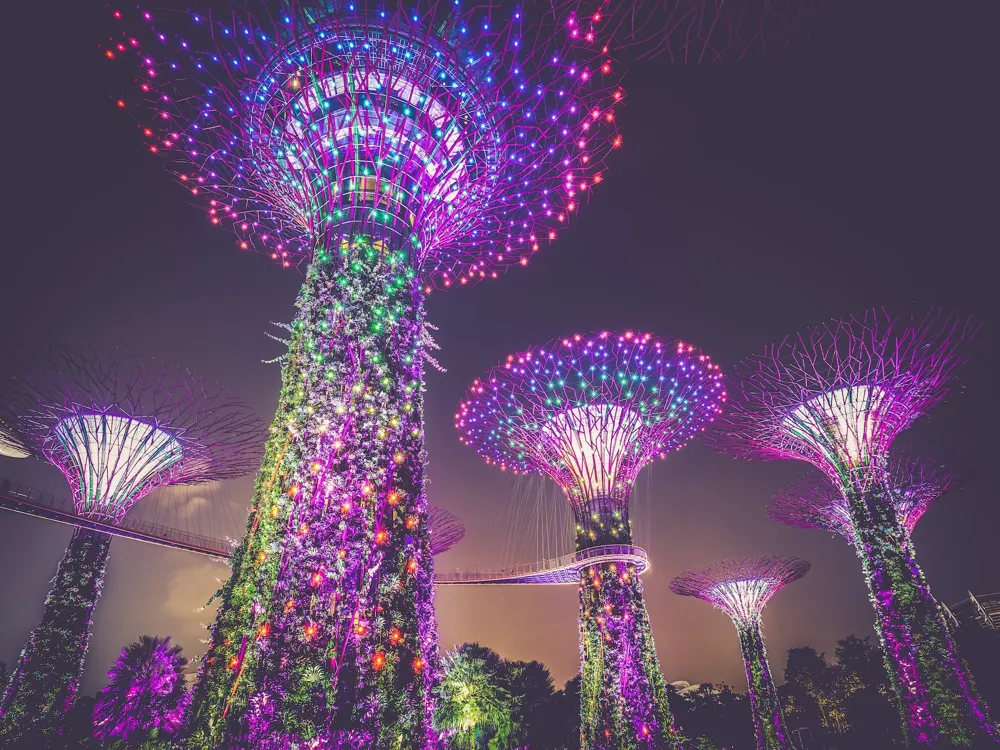
The vibrant Kuan Im Tng Temple is situated at the heart of Joo Chiat in Tembeling Road Singapore and is thronged by devotees throughout the year. In addition to being a temple, Kuan Im Tng (devoted to Kuan Yin, the Goddess of Mercy) also doubles as a spiritual hub for the Buddhist fraternity and home to the religions of Taoism and Confucianism. This feature makes Kuan Im Tng Temple stand out from the other temples, as it has managed to accommodate the essence of three different religions with panache into the "Xian Tian Sect". If seeking peace and quietude, make sure to visit this place on weekdays.
The structure of Kuan Im Tng Temple has reached its present stature after going through not less than two renovations. Formerly, this religious abode used to be a small structure, with coconut plantations surrounding it. During festivals and on weekends, the divine air around this temple is filled with the scent of incense burnt by the worshippers, and a soft hum of prayers leaving the lips of the devotees reaches your ears.
Read More
Kusu Island
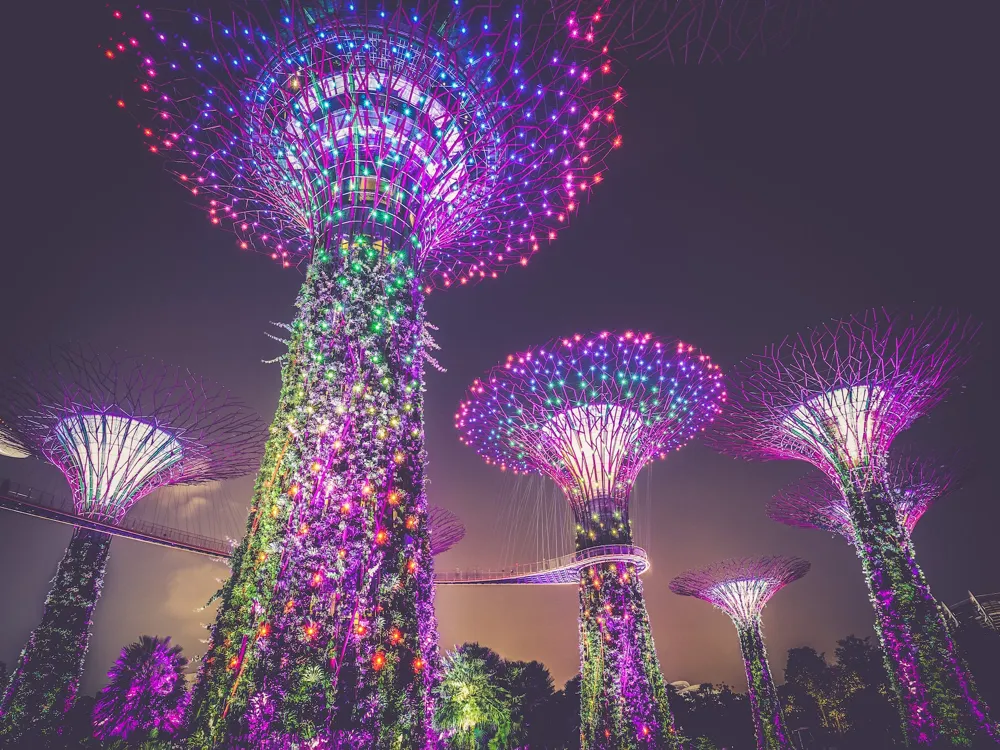
Part of the southern islands, Kusu Island is a pristine island just 5.6 km to the south of the main island of Singapore. The pristine island is famous for its clear blue waters and a breathtaking view from the beaches. It also has a very rich history from which it also derives its name as Kusu means turtle or tortoise in Chinese. As Kusu Island is just a short distance from the mainland, it is extremely famous amongst the locals and is a place visited by many who wish to spend the day in complete relaxation that is attained by the calm atmosphere of the island. It can also be entirely covered by walking from end to end in 20 minutes.
The spectacular Kusu Osland is never very crowded except for the ninth month of the lunar calendar during which hoards of devotees from everywhere visit the temple on this island and pay their respects to the deities. The island is also famous for its marine life as it is surrounded by soft and hard corals that form a reef. The lagoons at this island area are also a popular spot just as picnics are famous on the beaches of Kusu Island.
Read More
Singapore Travel Packages
View All Travel Packages Singapore
Nearby Places Singapore
Browse Package Collections
Browse Hotel Collections











